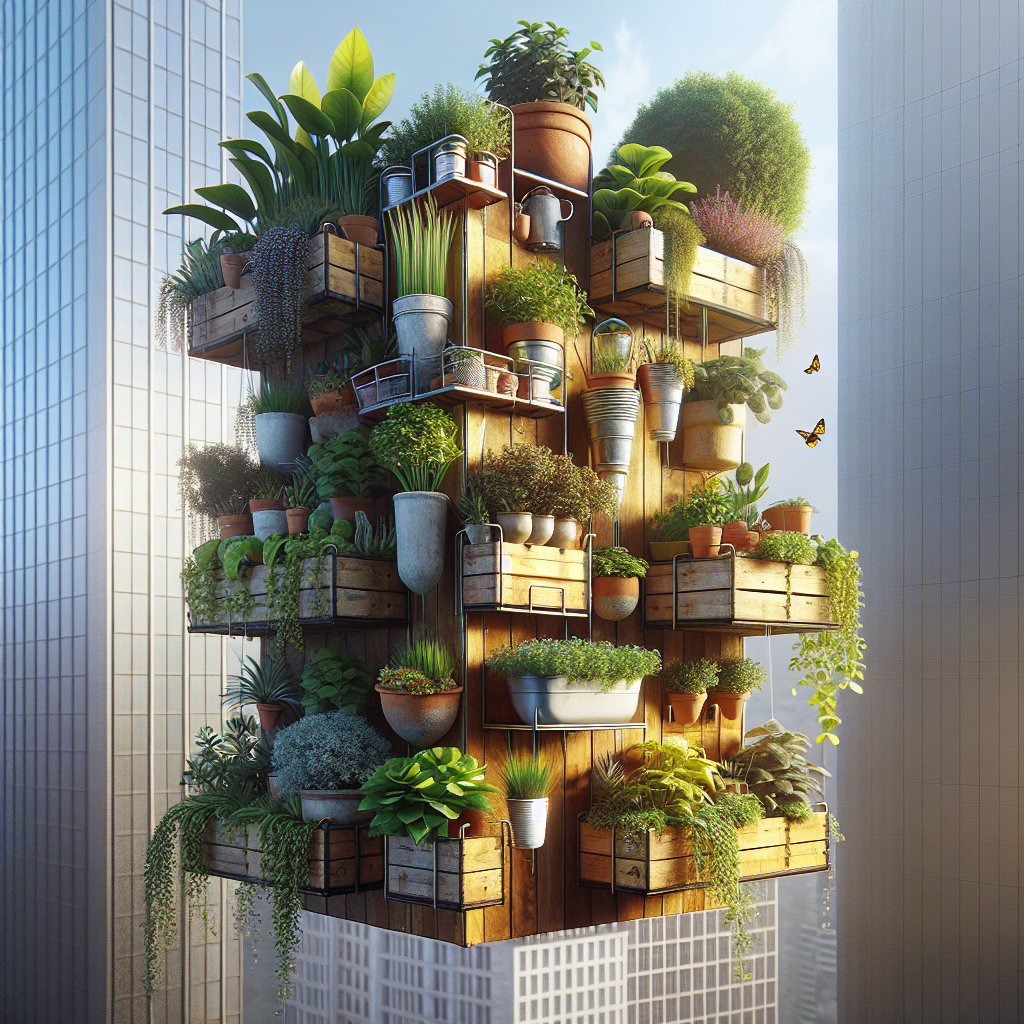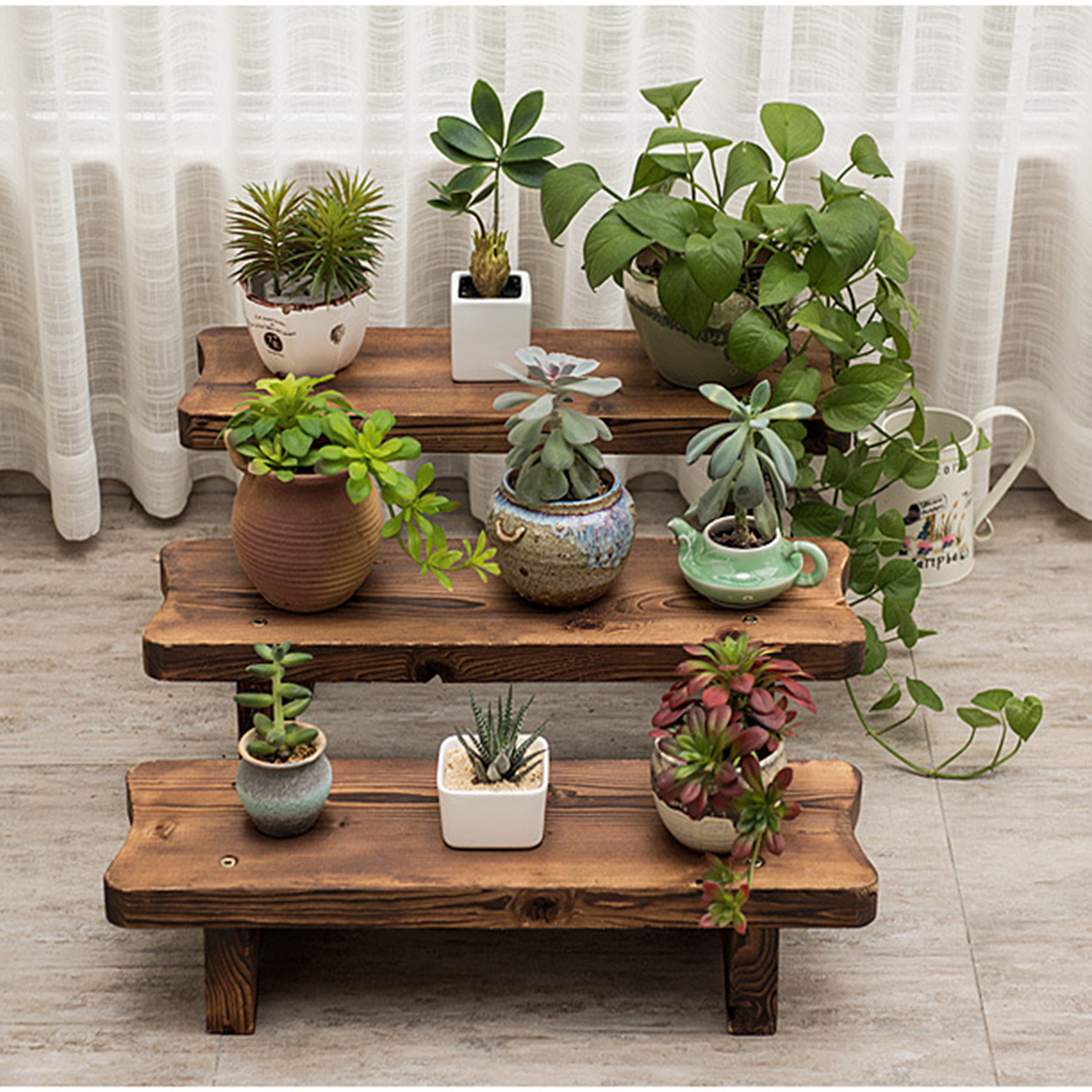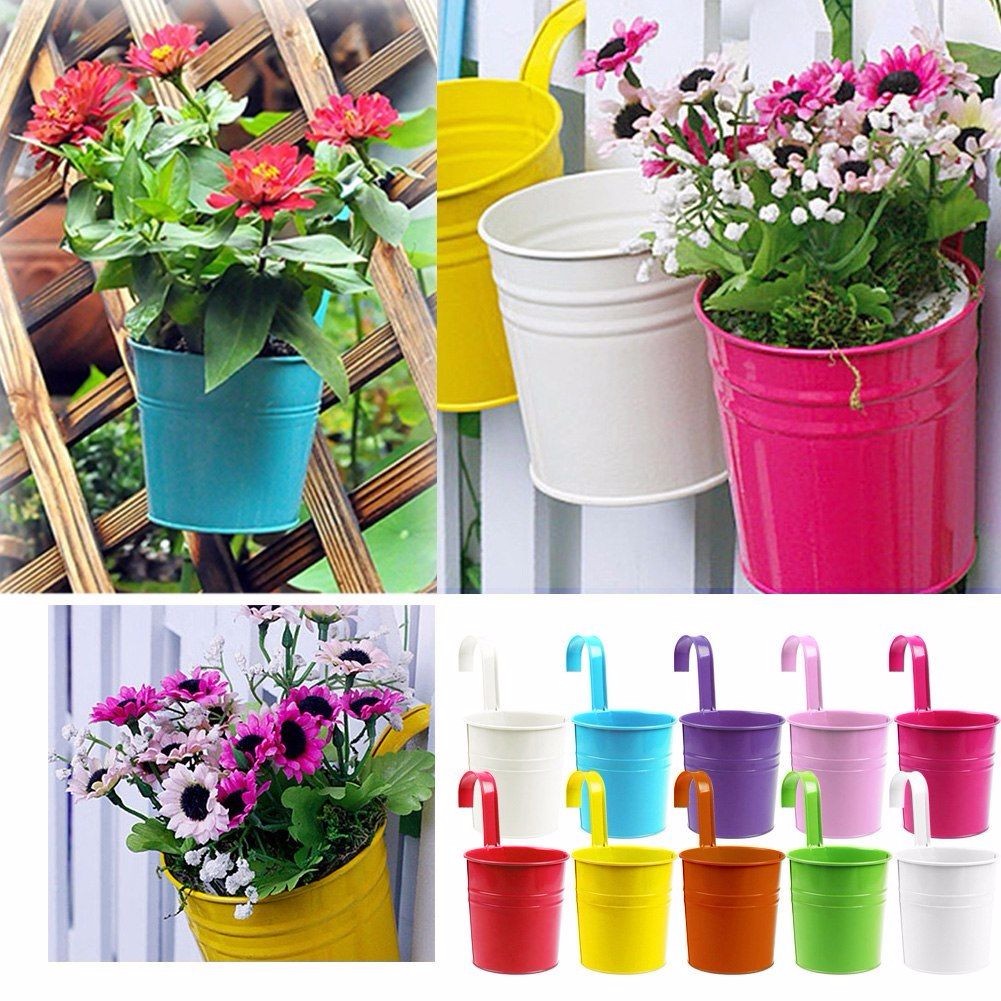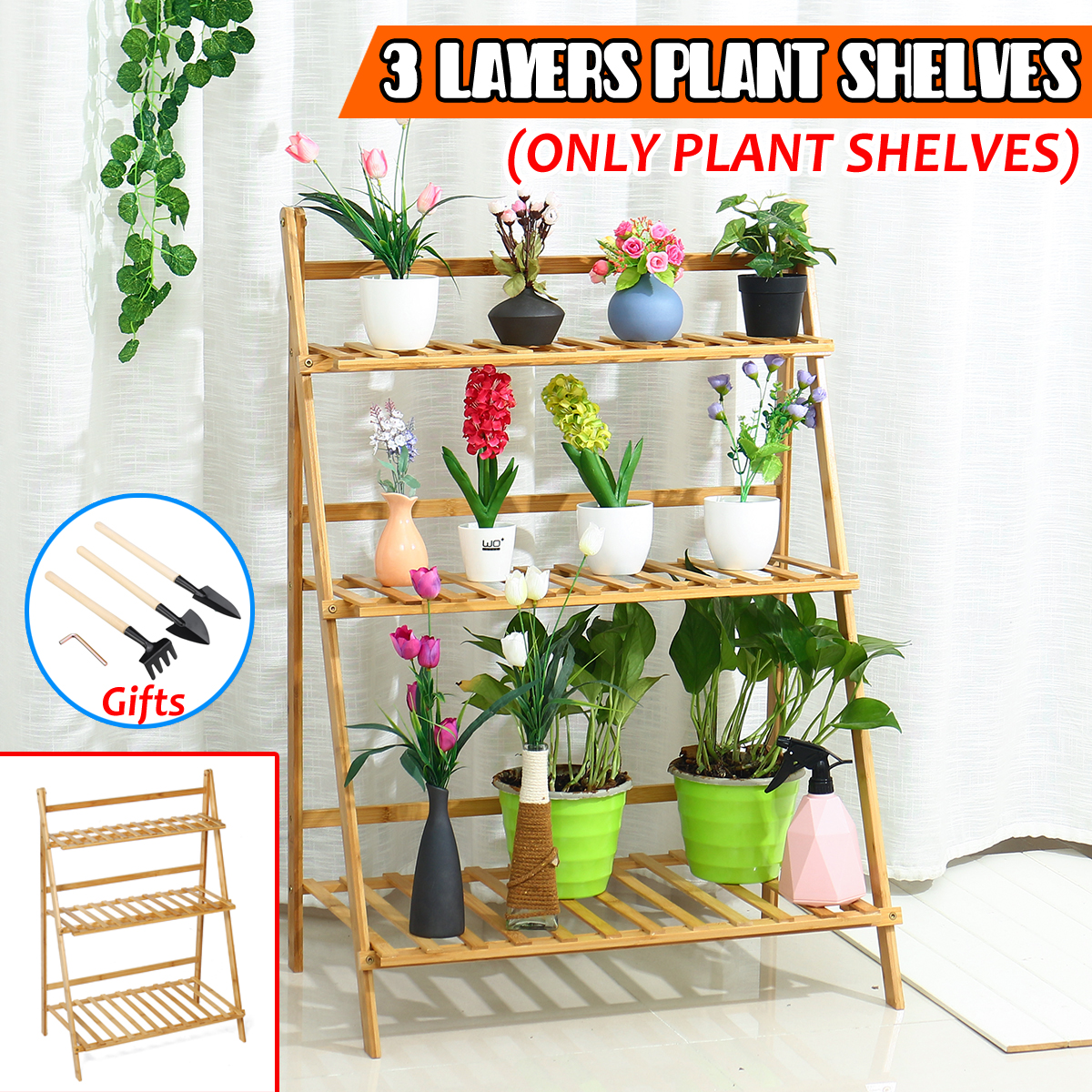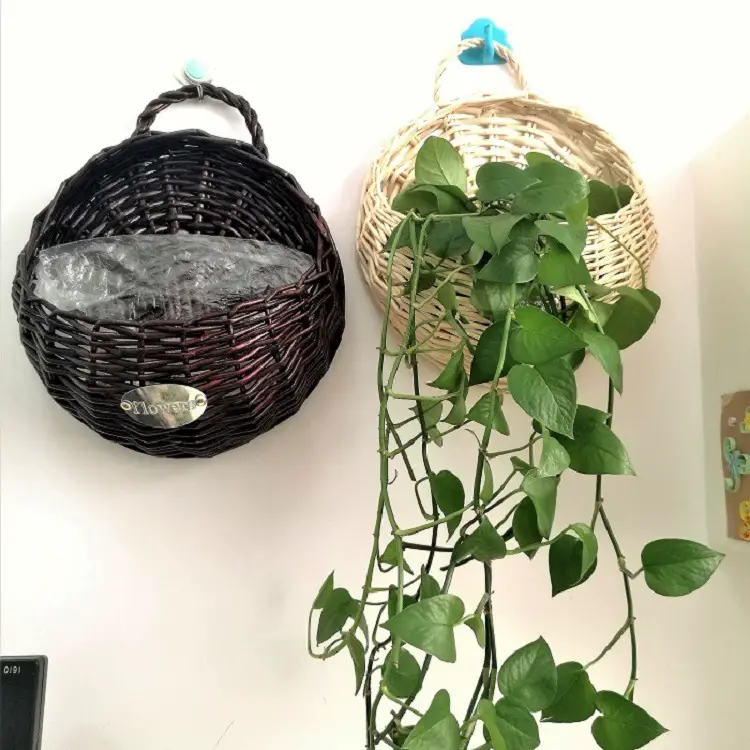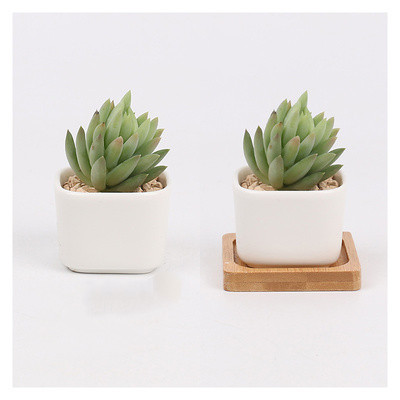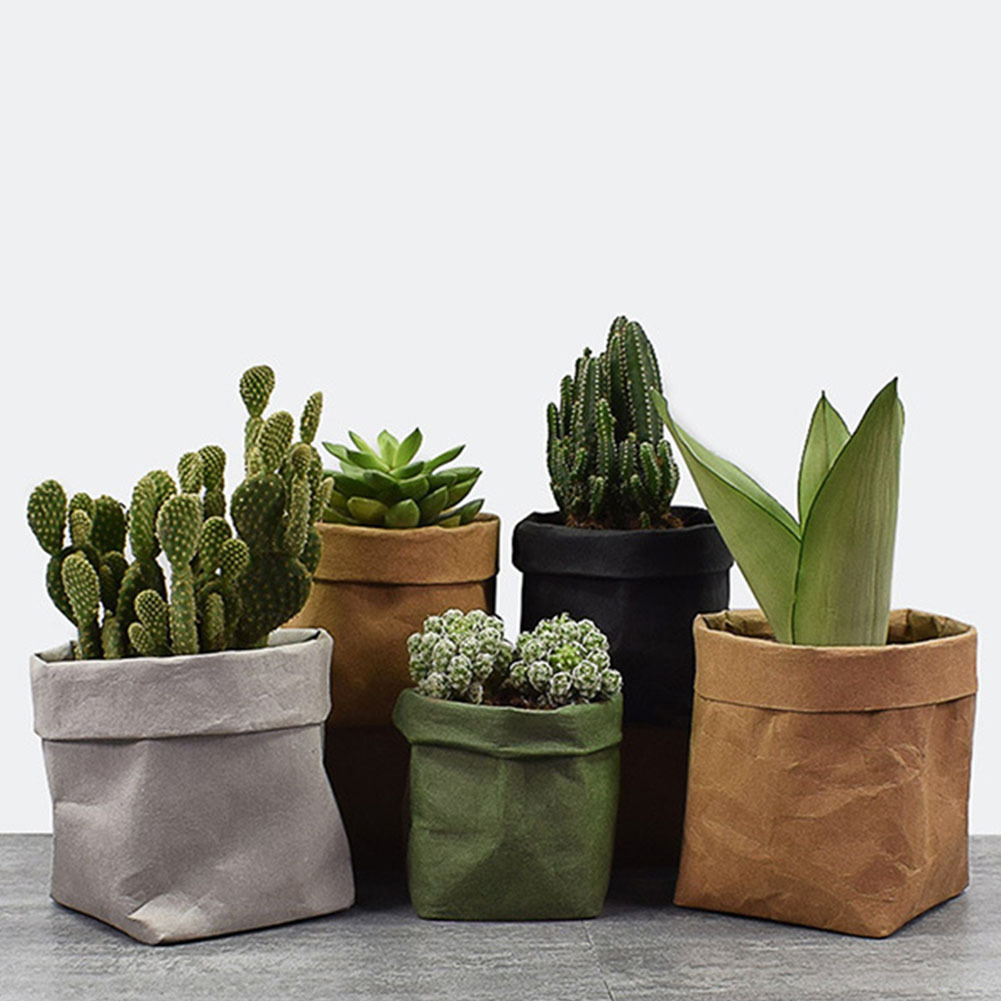Exploring the Benefits of Vertical Container Gardens
As urbanization continues to sweep across the globe, urban dwellers find themselves confronted with a pressing issue: the dwindling availability of green spaces. With high-rise buildings and concrete jungles becoming the defining characteristics of modern cities, innovative solutions are necessary to bring nature back into our lives. One such innovative solution is the vertical container garden. This eco-friendly gardening technique not only maximizes limited space but also offers a host of benefits, from beautifying settings to enriching our well-being. In this article, we’ll delve into the multiple advantages of vertical container gardens, while also exploring how upgrading your garden with a professional-grade slow drip irrigation system and incorporating ferns in containers can transform your patio into a verdant oasis.
The Concept of Vertical Container Gardens
Vertical gardening is an innovative method that involves growing plants upwards rather than horizontally, which is particularly useful in urban and small-space environments. It allows gardeners to utilize vertical spaces such as walls, fences, and trellises, accommodating more plants than traditional ground-level methods. Container gardening enhances this concept by offering versatility and mobility—plants can be positioned, rearranged, and moved as needed.
Advantages of Vertical Container Gardens
Space-Saving Solution
The primary advantage of vertical container gardens is their efficient use of space. By moving plants off the ground, gardeners can cultivate lush gardens in locations previously thought impossible—balconies, patios, and even indoor spaces. This approach is a game-changer for city dwellers with limited outdoor space.
Improved Air Quality
Plants are nature’s air purifiers. A vertical garden, densely populated with foliage, can substantially improve air quality by absorbing carbon dioxide and releasing oxygen. Furthermore, plants can remove toxins from the air, contributing to a healthier living environment.
Aesthetic Appeal
Vertical gardens can transform any mundane wall into a vibrant tapestry of colors and textures. Whether it’s trailing vines, flowering annuals, or lush ferns in containers, these living walls add an artistic touch to otherwise drab surfaces. Plus, they offer a refreshing contrast to urban architecture dominated by glass and concrete.
Increased Biodiversity
By including a variety of plants in a vertical garden, one can attract a diverse array of wildlife, such as bees, butterflies, and birds, even in urban landscapes. This increases biodiversity and supports pollinators essential for the ecosystem.
Enhanced Mental Well-being
Numerous studies have shown that spending time around plants reduces stress and enhances mood. Vertical container gardens offer an accessible way to experience the calming and restorative benefits of nature, which can be especially valuable in high-stress urban settings.
Upgrading Your Garden with a Professional-Grade Slow Drip Irrigation System
As with any gardening endeavor, efficient and consistent watering is key to the health and vitality of plants. This is particularly true for vertical container gardens, where water retention can be a challenge due to gravity. Enter the slow drip irrigation system—a professional-grade solution that ensures your garden receives just the right amount of water.
Precision Watering
A slow drip irrigation system delivers water directly to the plant roots with precision. This method minimizes water waste from evaporation or runoff, ensuring that every drop counts. This system is especially beneficial for vertical gardens, where containers may drain water more quickly than traditional garden beds.
Water Conservation
Given the current concerns about water usage and the environment, adopting a slow drip irrigation system asserts a commitment to sustainability. These systems are designed to optimize water use, making them eco-friendly and cost-effective in the long run.
Healthier Plants
Consistent and adequate watering is crucial for plant health. Slow drip irrigation not only provides a steady water source but also prevents soil erosion and nutrient leaching. This results in healthier, more robust plants that can thrive in a vertical container garden setting.
Convenience and Control
Modern slow drip systems often come with programmable timers, allowing you to control watering schedules automatically. This is particularly advantageous for busy individuals who may not have the time to water their plants manually every day.
Transform Your Patio with Ferns in Containers
Ferns, with their lush foliage and varying textures, make an excellent choice for container gardening in vertical set-ups. They are versatile and can adapt well to different light conditions, making them ideal for transforming patios into serene, leafy retreats.
Why Choose Ferns?
Ferns are hardy, low-maintenance plants that can add a calming, forest-like quality to any space. Their fronds create a soft, natural, and elegant aesthetic that complements both modern and traditional architecture. Ferns flourish in shaded or partially shaded areas, making them perfect for patios that may not receive full sunlight.
Arranging and Caring for Ferns in Containers
When incorporating ferns into a vertical garden, consider varying heights and types to create visual interest. Use containers with adequate drainage to prevent waterlogging, which ferns dislike. Regularly mist the fronds to maintain humidity levels, especially in drier climates.
Impact on Aesthetic and Atmosphere
Placing ferns in vertical containers around a patio can create a lush, inviting space that serves as a counterpoint to the hustle and bustle of the city. The presence of ferns not only softens harsh lines and adds depth to the space but also contributes to a sense of tranquility and relaxation, ideal for unwinding after a long day.
Integrating Technology with Tradition
While vertical container gardens offer a modern solution to space limitations, they honor the age-old tradition of horticulture—the nurturing of plants for their life-giving benefits. The integration of modern technology, such as slow drip irrigation systems, with traditional gardening principles, allows for a sustainable method of urban greening that benefits both people and the environment.
Innovations in Vertical Gardening
The field of vertical gardening continues to evolve with advancements in materials and technologies. Lightweight, sustainable materials are increasingly being used for containers and support structures, which are essential for the safety and stability of vertical installations. These innovations are making vertical gardening more accessible and affordable to a broader audience.
Embracing the Future
As cities look to become more sustainable, the role of vertical container gardens will continue to grow. Urban planners and homeowners alike are recognizing the potential of these gardens to improve air quality, provide food sources in the form of edible plants, and contribute to mental well-being. The integration of tech-savvy gardening solutions, such as app-controlled irrigation, can make maintaining these gardens easier than ever.
Conclusion
Vertical container gardens offer a cornucopia of benefits, from optimizing space and improving air quality, to enhancing mental well-being and introducing aesthetic beauty into urban environments. By upgrading your garden with a professional-grade slow drip irrigation system, you can ensure your plants thrive with efficient and sustainable water usage. Meanwhile, incorporating ferns in containers can transform your patio into a verdant escape that nurtures both body and soul.
In a world where green spaces are increasingly rare, vertical container gardens represent a hopeful solution to the challenges faced by urban dwellers. By embracing this innovative approach, we invite nature back into our lives, not as a visitor but as a vital companion. Whether you’re an experienced gardener or a green thumb newbie, vertical container gardens offer an enriching way to contribute to the beauty and health of our living spaces and, by extension, our cities and planet.


